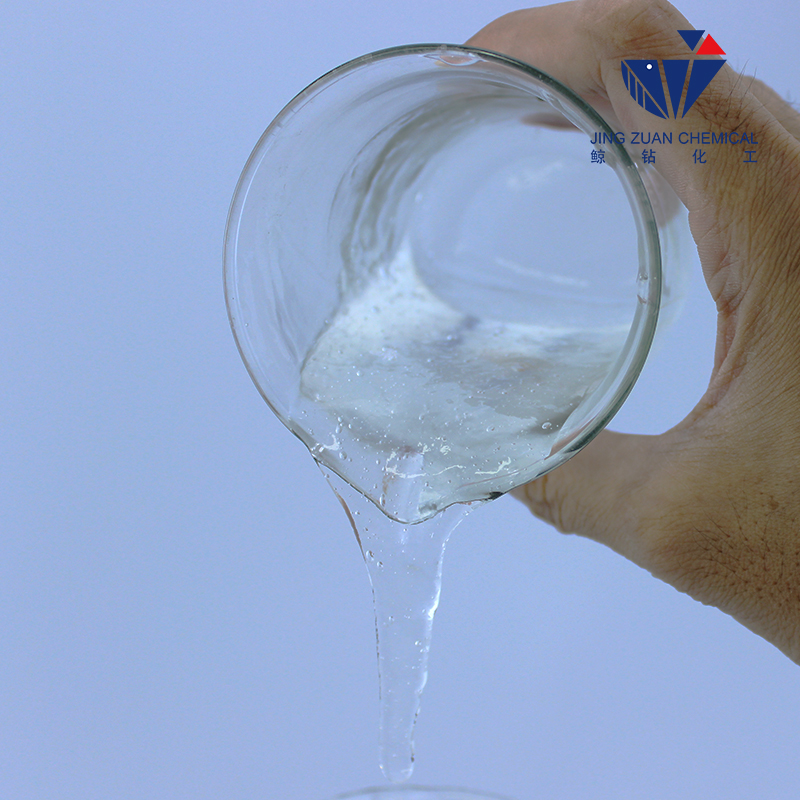
10월 . 21, 2024 01:22 Back to list
Redispersible Polymer Powders for Enhanced Performance in Various Applications
Understanding Redispersible Powder Polymers Properties and Applications
Redispersible powder polymers are a crucial component in a variety of industries, particularly in construction, adhesives, coatings, and paints. These polymers are formulated to dissolve in water and reconstitute into a dispersion, which can then be applied in various formulations to enhance their performance. The significance of redispersible powder polymers lies in their ability to improve the mechanical properties and durability of the final products.
What Are Redispersible Powder Polymers?
Redispersible powder polymers are typically produced by spray-drying aqueous polymer dispersions. This process results in a fine powder that, when mixed with water, returns to its original dispersed state. Common examples include ethylene-vinyl acetate (EVA) and styrene-butadiene rubber (SBR). These polymers offer numerous advantages, including versatility, ease of handling, and the option for on-site mixing with other components.
Key Advantages
1. Enhanced Adhesion One of the primary benefits of incorporating redispersible powder polymers into formulations is the improvement in adhesion. These polymers create a strong bond between surfaces, making them ideal for applications such as tile adhesives, waterproofing membranes, and external wall insulation systems.
2. Improved Flexibility and Elasticity Products that utilize redispersible powder polymers tend to exhibit superior flexibility and elasticity. This characteristic is particularly important in construction materials that need to withstand temperature fluctuations and structural movements.
3. Water Resistance Redispersible powders enhance the water resistance of coatings and adhesives. They form a film that prevents water penetration, thus protecting substrates and prolonging the lifespan of the applied materials.
4. Reduced Shrinkage When added to cementitious systems, these polymers help reduce shrinkage during the curing process, leading to improved dimensional stability. This is particularly advantageous in flooring applications and other scenarios where cracking could be a concern.
redispersible powder polymer

5. Ease of Use The powder form allows for easier storage and transportation. It also enables manufacturers to create customized formulations without the need for extensive mixing equipment, making it a cost-effective choice for many applications.
Applications
The use of redispersible powder polymers spans various industries
- Construction In cement-based systems, such as tile adhesives, renders, and grouts, these polymers enhance performance by providing better flexibility, adhesion, and water resistance.
- Adhesives They are utilized in various adhesives, including those for laminating, woodworking, and pressure-sensitive applications. The addition of redispersible powders helps improve the bonding strength and durability of the adhesives.
- Coatings and Paints In both interior and exterior coatings, these polymers contribute to improved washability, moisture resistance, and film formation, enhancing the overall durability and aesthetic appeal of the coatings.
- Masonry Applications Redispersible powder polymers are increasingly used in masonry applications to enhance the performance of mortars and other masonry materials, providing better adhesion and flexibility.
Conclusion
Redispersible powder polymers are an essential ingredient in modern formulations across a multitude of industries. Their ability to enhance adhesion, flexibility, water resistance, and overall durability makes them invaluable, particularly in construction and related fields. As the demand for high-performance materials continues to grow, the role of redispersible powder polymers is likely to expand, driving innovation and improving the quality of products globally. Understanding and utilizing these polymers will be key for manufacturers aiming to meet the evolving needs of their customers in the years to come.
-
Why HPMC is a Key Additive in Wall Putty Formulations
NewsAug.05,2025
-
Redispersible Powder in Decorative Renders: Function Meets Finish
NewsAug.05,2025
-
Redispersible Powder for Interior Wall Putty: Smooth Results Every Time
NewsAug.05,2025
-
HPMC’s Water Retention Capacity in Dry Mortar Applications
NewsAug.05,2025
-
HPMC Factory Contributions to Liquid Detergents
NewsAug.05,2025
-
How HPMC Factory Products Change Detergent Textures
NewsAug.05,2025







